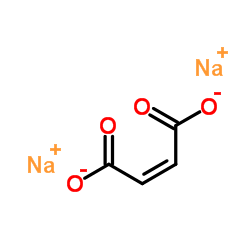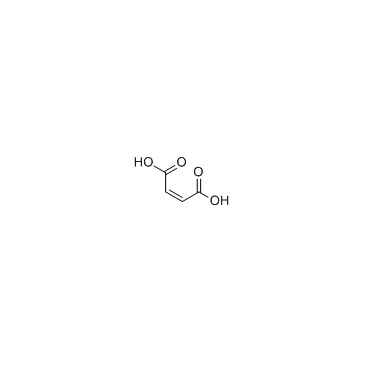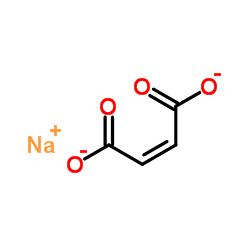| Structure | Name/CAS No. | Articles |
|---|---|---|
 |
N-Isopropylacrylamide
CAS:2210-25-5 |
|
 |
Disodium maleate
CAS:371-47-1 |
|
 |
Maleic acid
CAS:110-16-7 |
|
 |
2-Butenedioate, (2Z)-, sodium salt (1:1)
CAS:3105-55-3 |